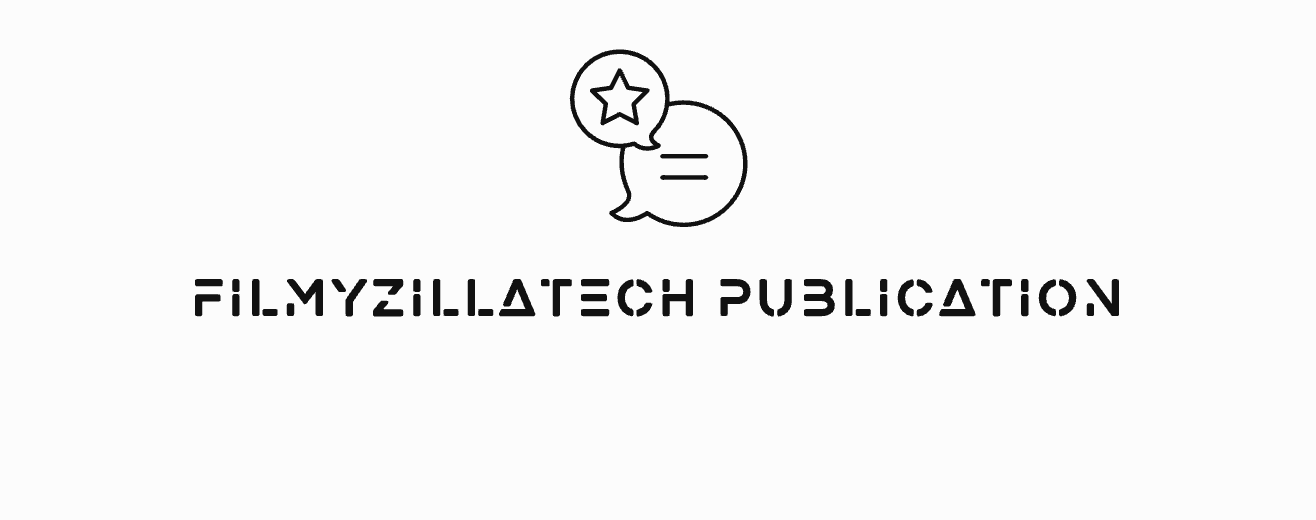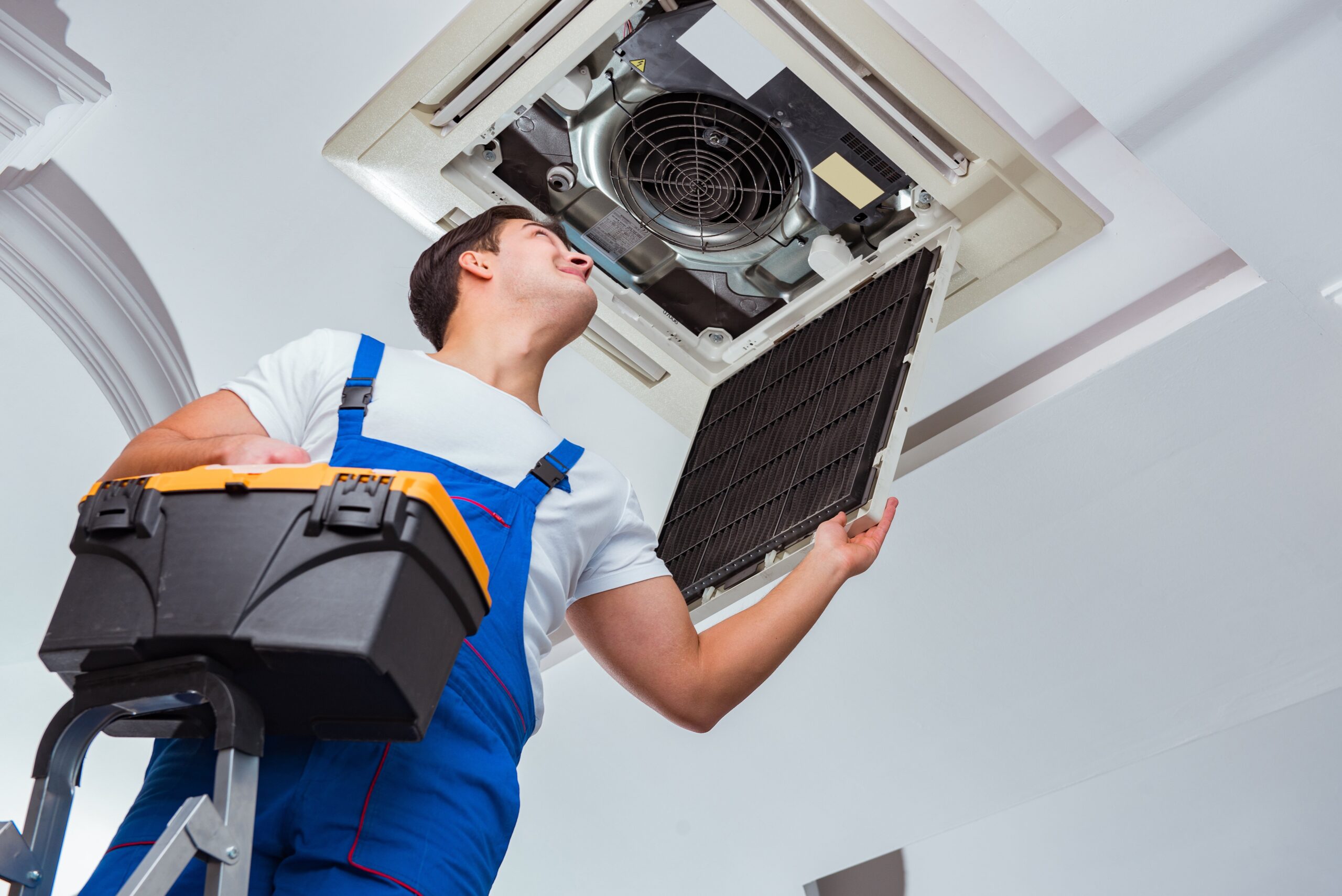Participating in a trade show can be a significant investment for any business, both in terms of time and money. One of the most critical expenditures is the trade show booth itself, which serves as the physical representation of your brand at the event. The cost of a trade show booth can vary widely depending on several factors including size, design, materials, and additional services like shipping and installation. This article explores the different costs involved and provides an average price range to help businesses plan their trade show budgets effectively.
1. Types of Trade Show Booths
Before diving into the costs, it’s important to understand the different types of trade show booths:
- Tabletop Displays: These are the most economical option and typically consist of a small table with a printed tablecloth, a banner stand, and perhaps a few marketing materials.
- Pop-Up Displays: These displays are larger than tabletops but still relatively portable. They can include several panels, often made from fabric, that can stretch over a collapsible frame.
- Modular Displays: Modular displays are larger and more customizable. They can range from simple backwalls to complex structures with multiple components and integrated technology.
- Custom Exhibits: These are the most expensive option and are fully customized to a company’s specific needs and branding. They can include bespoke architectural elements and high-end materials.
2. Average Costs by Booth Type
- Tabletop Displays: $100 to $500. This cost usually covers the table, basic branding, and some marketing materials.
- Pop-Up Displays: $500 to $3,000. This price can vary based on the size and complexity of the display, as well as the quality of graphics.
- Modular Displays: $5,000 to $20,000. These systems offer more extensive customization and can include a variety of elements like shelving, integrated screens, and custom lighting.
- Custom Exhibits: $25,000 to $100,000 or more. The wide range in price reflects the bespoke nature of these booths, incorporating unique designs and premium materials.
3. Additional Costs to Consider
Beyond the initial purchase or rental cost of the booth itself, several additional expenses can impact the overall budget:
- Shipping and Drayage: Transporting your booth to and from the venue can be costly, especially for larger exhibits. Drayage costs—fees charged for moving and storing your materials at the trade show—can also add up.
- Installation and Dismantling: Depending on the complexity of your booth, professional setup and teardown can be necessary, ranging from a few hundred to several thousand dollars.
- Flooring and Furniture: Renting carpets, pads, chairs, and tables will increase your costs but can significantly enhance the appearance and comfort of your booth.
- Utilities and Services: Electricity, Wi-Fi, and other utilities typically come at an additional charge, as do any extra services like cleaning or security.
4. Ways to Manage Costs
Here are some strategies to help manage the costs of your trade show booth:
- Rent Instead of Buy: Consider renting a booth if you do not frequently attend trade shows. This can be a more cost-effective option and allows for greater flexibility.
- Plan Ahead: Early planning can help avoid rush charges for booth production and shipping. It can also secure better rates for services and accommodations.
- Use Multi-Functional Designs: Opt for modular designs that can be reconfigured and used in different ways for different shows. This maximizes the return on your investment over time.
5. Return on Investment
When budgeting for a trade show booth, it’s important to consider the potential return on investment (ROI). Effective booth design and strategic planning can lead to increased leads, sales, and brand exposure, which can outweigh the initial costs.
The average cost of a trade show booth varies widely based on the type, size, and complexity of the booth, as well as additional services required. By understanding these costs and planning effectively, businesses can create an impactful presence at trade shows that not only fits their budget but also maximizes their potential return.





